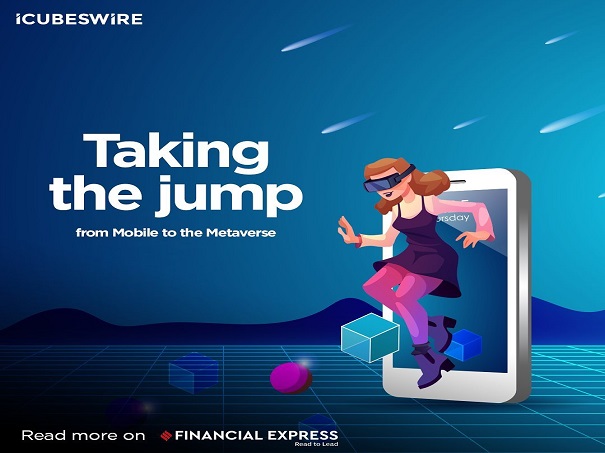What’s cookie-ing in digital marketing?
We rely on the internet for pretty much everything, at times, even more than we realize. Although, it is not a service that comes without an expense. Every time you are digging for information or streaming funny videos on the web, you unknowingly agree to share your personal data with digital ad companies.
In this digitally fast-moving world, for a surfer such as you, it’s essential to ride on the waves of information and stay updated at the tip of your fingertips. Of course, we all love how easy it is to access information on the go without any additional charges, but in reality, we are unaware of the catch. Everybody loves accepting cookies, but they don’t come for free, just like everything in life. Content creators or publishers collate data on their website, funded by advertisers, in exchange for the reader’s personal information gathered via cookies.
This transaction between the user and companies occurs through an innovative technology known as third-party cookies. Technology takes little place on the internet but plays a significant role in tracking a user’s activity across the internet. Digital advertisers and marketers leverage these third-party cookies to enhance the response of their marketing campaigns by targeting users for relevant ads. Cookies are at the heart of marketing on the world wide web but are to bite the dust soon.
With privacy emerging as one of the pressing concerns for the users, Safari and Firefox have already begun blocking third-party cookies to safeguard a user’s privacy and confidential information. Following the lead, Google Chrome will implement blocking cookies by 2022. Moreover, Apple’s recent iOS update has pulled the plug and has phased out online tracking and data gathering.
What does it mean for marketers and advertisers?
As we say our goodbyes to tracking cookies, marketers and advertisers are left in a state of starvation, for no cookies means no data collection. Yet, while we are at the edge of embracing a new change in the marketing landscape, we will undoubtedly unfold a new future for marketing.
With cookies blocked, coming up with new ways to bolster marketing endeavors is the need of the hour. Marketers must invent and invest in innovative methods to connect with their audience. Here are a few ways how the advertising fraternity can gain its edge again on the internet.
• Not all cookies: By not all cookies, we mean, first-party cookies are not going anywhere and will still play a crucial role in saving passwords, primary user data, and more such preferences. A first-party cookie allows marketers to learn about a user’s navigation journey on your website and analyze metrics that further help you steer your marketing attempts accordingly.
• Cooking relevant content: After years of reliance on cookies, marketers have cultivated enough data to decode what moves their target audience. Content Marketing is the best bet for advertisers, which, when combined with contextual marketing, places ads relevant to the content on a website. A blend of contextual and content marketing enables marketers to track their customers, no matter where they are. One of the perks of contextual marketing is that it is less intrusive than our age-old cookie-based behavioral retargeting and is more likely to get you leads.
• People-based targeting: People-based marketing circles around identification based on the user and not the device. It involves creating a user’s identity after consensually collecting behavioral data. It helps a marketer understand better a user’s intent and target them on the grounds of their likes.
Third-party cookies have not yet been blocked entirely and still are being used to collect user data. However, we can expect the complete elimination of third-party cookies by 2022 and initiate working on different strategies to ace the marketing game.
As Seen On-




